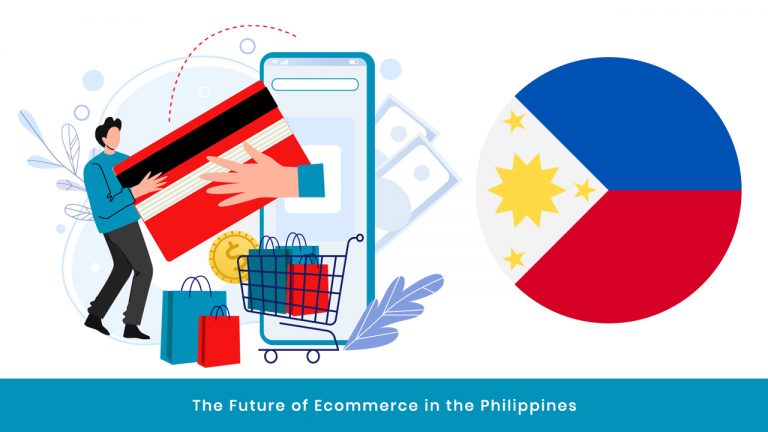At the start of the year 2020, we have already seen how the pandemic has turned the world upside down. The whole Coronavirus situation has become the biggest threat in people’s lives in general. It has placed the world into quarantine mode as it brought turmoil in the aspect of health and well-being, social welfare, and has caused a significant rundown in the global economy.
In developing countries like the Philippines, the global pandemic is considered the most immoderate form of disruption in business enterprises by far. At the start of the pandemic, we’ve seen a lot of brick-and-mortar stores close down due to the lack of consumers as the country has gone through the lockdown. A lot of businesses including those long-standing businesses that have been operating for years have been forced to either close down or change their ways on how they can still operate in the new normal.
Living in the new normal, it seems that the only probable way for economic survival is to be resilient with the sudden shifts of trends in the entire business world. We’ve already seen this happening actually especially during the enhanced community quarantine, where retailers are forced to rethink their strategies and engage in the e-commerce business for continuity.
With the need for social distancing as a way of confronting this health crisis, eCommerce in the Philippines has seen this as a great opportunity to propel. While online shopping is already a mode of purchasing goods even before the pandemic, the demand for digital transactions is constantly increasing. As a result, a lot of companies and businesses, regardless of size are innovating, as they try to extend their reach by maximizing their social media platforms, expanding their eCommerce business, and finally using eCommerce websites to join the bandwagon.
Months into the pandemic, we are now at a phase of adaptation where we now have an idea of how things will run from now on — brands and sellers venturing online for continuity and growth, while consumers turn to eCommerce to meet their purchasing needs.
Economic experts predict that the eCommerce industry will serve great value to the economy as a trend that will continue for a long time even after the pandemic.
Here are some trends that can be observed in the eCommerce in the Philippines that will continue in the long run:
1. Brands and sellers shifting to online platforms and growing their eCommerce presence.
With consumers changing their purchasing behaviors in which they prefer to do transactions online to limit physical interactions, brands and sellers are venturing online and are growing their eCommerce presence. Doing so allows them to engage more in their markets and explore new strategies in offering their products and services.
One of the trending strategies now is reaching consumers with live streaming which allows direct but digital transactions and buyers can see the actual products in real-time. This strategy helps boost brand visibility which is beneficial for SMEs.
2. Shoppers rely on eCommerce to meet their shopping needs
While shopping establishments are starting to reopen after the community quarantine measures have been lifted, a lot of consumers still prefer to remain in their homes out of fear and to practice social distancing, thus, doing most of their shopping online.
Because of the new normal where people now are working at home and classes are done online, people are relying on eCommerce for their everyday essentials. From their food cravings to essentials, health products, and more, consumers are relying on eCommerce for a more easy way of buying what they need and want.
Because of this shift in consumer behavior, eCommerce websites such as Lazada, Shopee, OLX, Zalora, and more have become in-demand especially during the pandemic as one-stop shops for a variety of needs. If you are a business owner who would want to take advantage of this demand and want to jumpstart in the eCommerce business, GooGler Ecommerce Development Company can help you get started with your digital platform and get you right into business.
3. Preference for Cashless Payments
As consumers are reducing physical interactions, adoption of cashless payments using various cashless payment options such as e-funds transfer services has increased. This enables customers to use participating banks, e-money issuers, and mobile money operators as a mode of payment for their purchase. This activity has been increasing since transaction procedures between buyers and sellers are faster that way.
Even long before the COVID-19 pandemic, it has already been predicted that there will be about 500,000 Micro, Small, and Medium Enterprises that will engage in e-commerce by the year 2022. According to DTI, by that same year, the e-commerce industry can dominate half of the country’s economy since shifting to a digital platform has become easier in this modern age.
With this, we can already foresee that there will be a boost in eCommerce in the Philippines in the years to come. With consumers having endless options in today’s market, brands and companies need to establish trust towards their customers in order to thrive.















